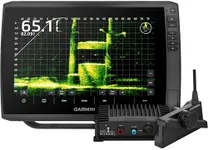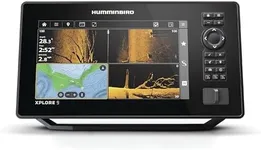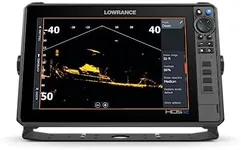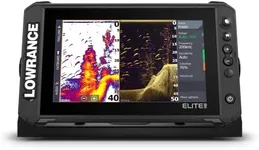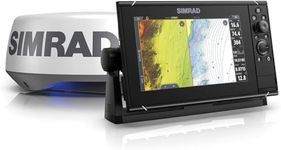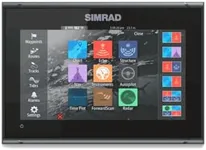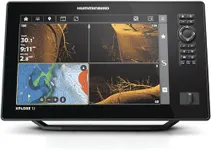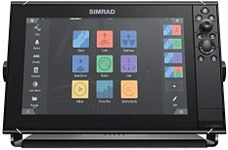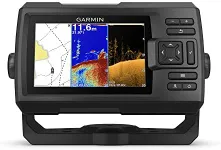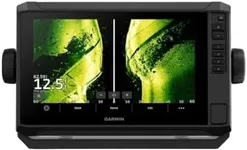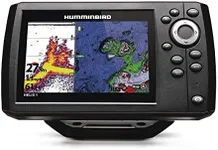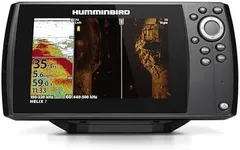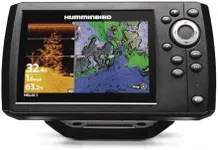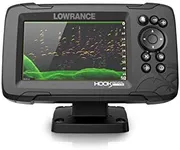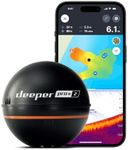Buying Guide for the Best Gps Fish Finders
When it comes to choosing a GPS fish finder, it's important to understand that this device combines two essential tools for fishing: a GPS for navigation and a fish finder for locating fish underwater. The right GPS fish finder can significantly enhance your fishing experience by helping you find the best fishing spots and navigate waters safely. To make an informed decision, you need to consider several key specifications that will determine how well the device meets your needs.Display Size and ResolutionThe display size and resolution of a GPS fish finder are crucial because they determine how easily you can read the information on the screen. A larger display with higher resolution will provide clearer and more detailed images, which is especially important in bright sunlight or rough waters. Display sizes typically range from 4 inches to over 12 inches. If you fish in open waters or need to see detailed maps and fish arches, a larger screen with high resolution is ideal. For casual or occasional fishing in smaller bodies of water, a smaller screen may suffice.
Sonar TechnologySonar technology is what allows the fish finder to detect fish and underwater structures. There are different types of sonar, including traditional, CHIRP, and side imaging. Traditional sonar provides basic depth and fish information, while CHIRP sonar offers more detailed and accurate readings by using a range of frequencies. Side imaging sonar gives a wide view of the area around your boat, making it easier to spot fish and structures. If you need detailed and accurate information, CHIRP and side imaging are the best options. For basic needs, traditional sonar may be sufficient.
GPS FunctionalityThe GPS functionality in a fish finder helps you navigate and mark fishing spots. Key features to look for include the ability to create and follow waypoints, track your route, and access preloaded maps. Some models also offer advanced mapping options and the ability to download additional maps. If you fish in unfamiliar waters or need precise navigation, a fish finder with advanced GPS features and detailed maps is essential. For more familiar or smaller fishing areas, basic GPS functionality may be adequate.
Power and FrequencyThe power and frequency of a GPS fish finder affect its performance in different water conditions. Higher power (measured in watts) allows the device to send stronger sonar signals, which is useful for deeper waters. Frequency, measured in kHz, determines the level of detail and depth range. Lower frequencies (50-83 kHz) are better for deep water, while higher frequencies (200-800 kHz) provide more detail in shallow water. Choose a fish finder with the appropriate power and frequency based on the type of water you fish in most often.
Transducer TypeThe transducer is the part of the fish finder that sends and receives sonar signals. Different transducers are designed for different mounting options, such as transom, in-hull, or through-hull. The type of transducer you need depends on your boat and fishing style. Transom-mounted transducers are easy to install and suitable for most boats, while through-hull transducers provide better performance for larger boats and rough waters. In-hull transducers are a good option if you want to avoid drilling holes in your boat.
Connectivity and NetworkingConnectivity and networking features allow your GPS fish finder to connect with other devices and share data. This can include Bluetooth, Wi-Fi, and NMEA 2000 compatibility. These features enable you to sync your fish finder with smartphones, tablets, and other marine electronics, providing a more integrated and convenient fishing experience. If you use multiple devices or want to share data with other anglers, look for a fish finder with robust connectivity options. For simpler setups, basic connectivity may be enough.
